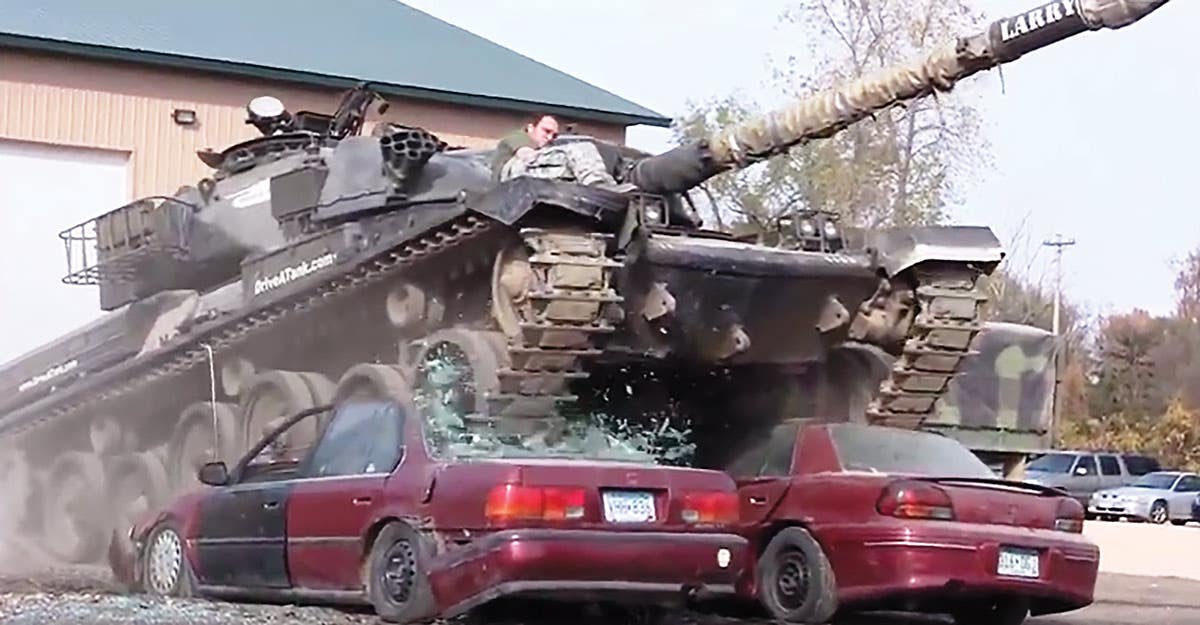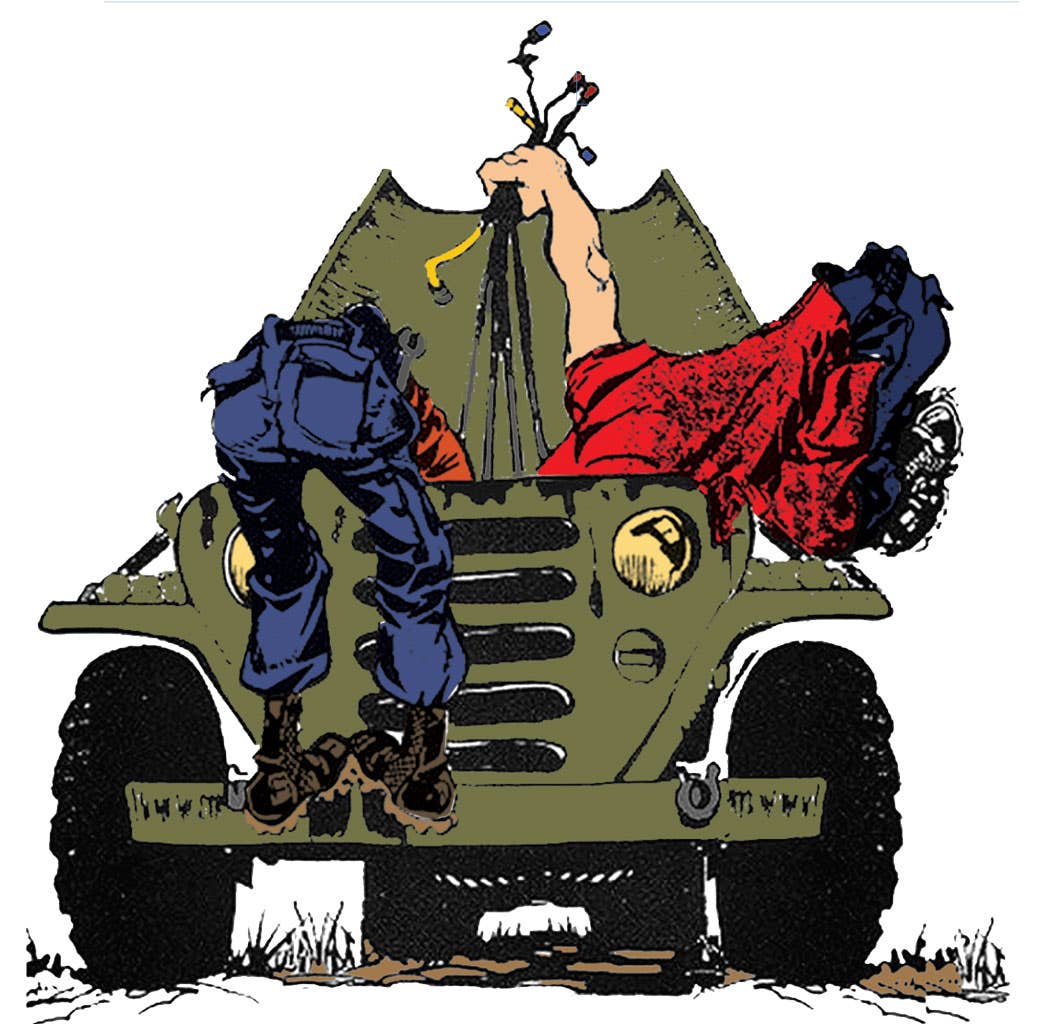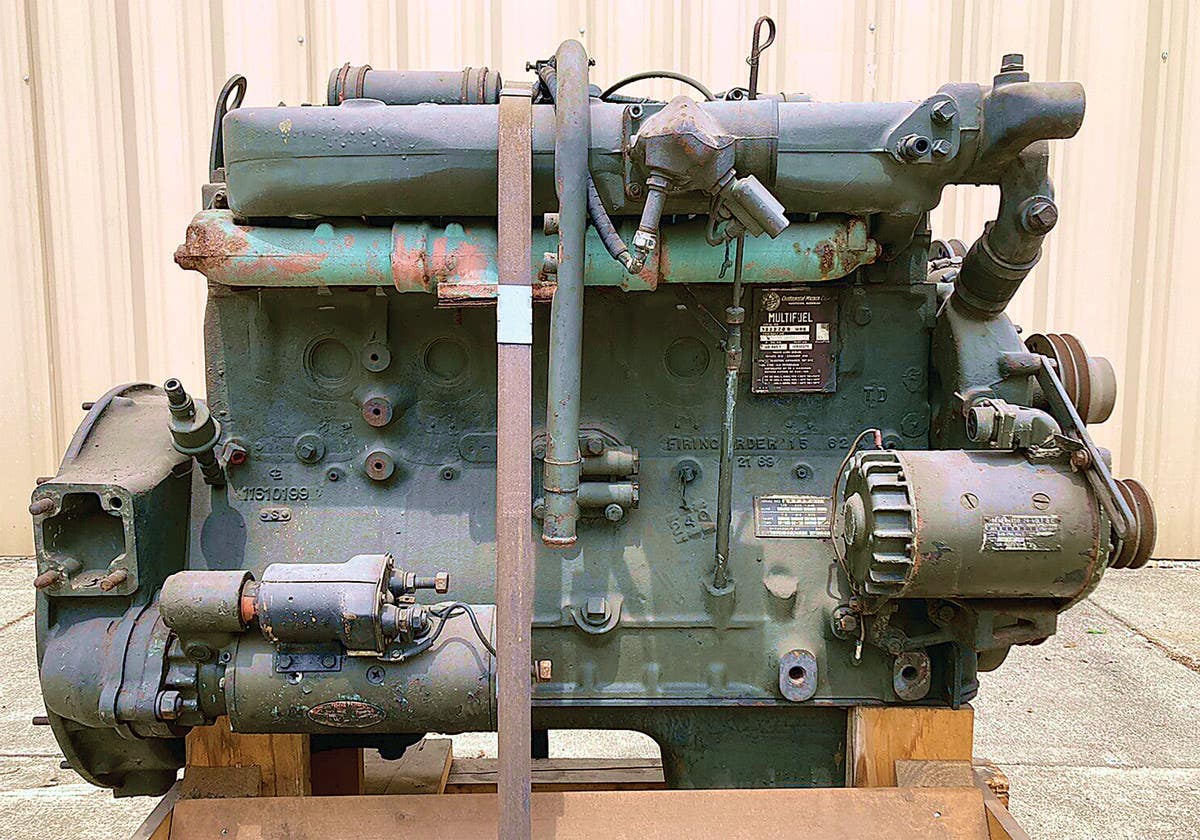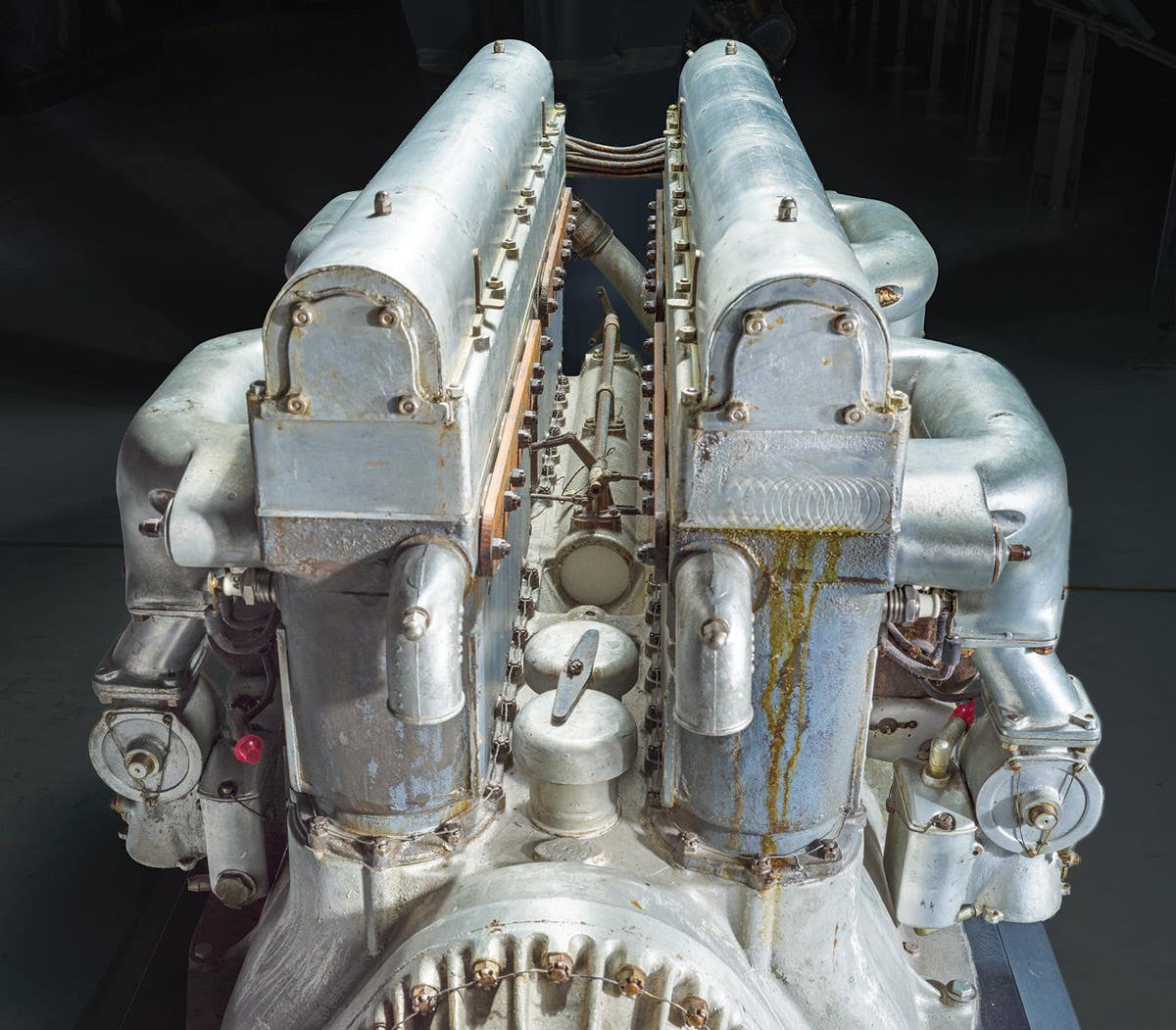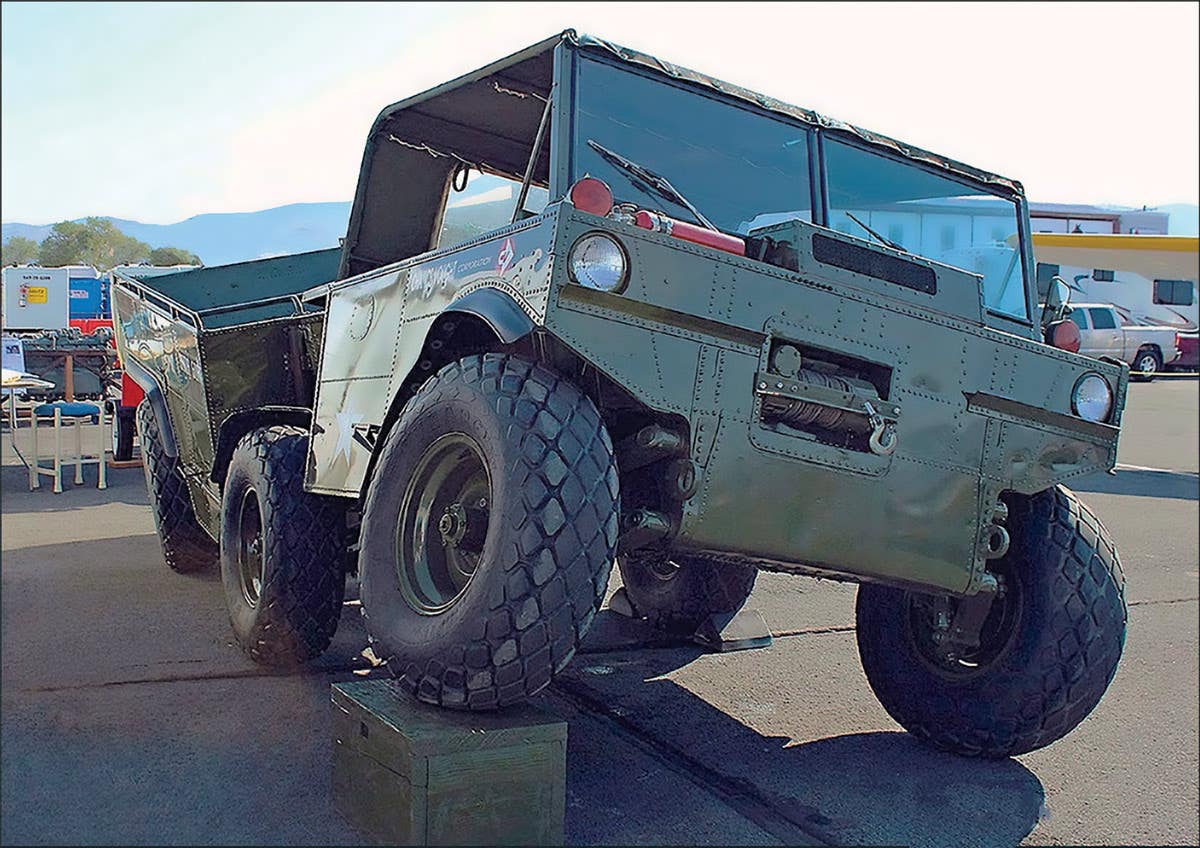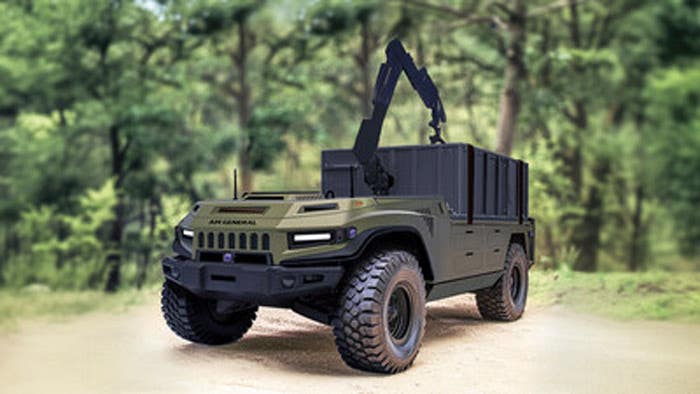Recoiling MUTT, speedo woes, clunking and more in this installment of Tech Tips
Something not right with your historic military vehicle? Steve Turchet answers your questions on how to keep ’em movin’!
MUTT Recoil
Q: My M151A2 would run perfect for about 7 to 15 miles. Then it would cut out, quit, and no amount of tinkering would get it going again. After a couple of hours it would start up and get me home if it wasn’t too far. I went over the entire electrical system and the fuel system and could find nothing amiss. I talked to an MVPA member who has a professional auto repair business. He suggested that it could be the coil cutting out once it heats up. I replaced the coil and it has been fine ever since. — Bob Swope
A: Thank you for your letter, Bob. An ignition coil failing when it gets hot is fairly common. I had a 1965 deep Gladiator pickup that did exactly the same thing and it took me a shamefully long time to figure out the problem. The truck quit on me several times like that, and the last occasion was on a freeway. and it cost me $200 to have it towed home. I called it some nasty names when it started right up in my driveway. However, the next time it quit I replaced the coil and never had a problem again.
HMMWV Wipe-out
Q: I have a 1993 M998 HMMWV and have always had trouble with the windshield wipers. The motor seems to run all right, but one of the wiper arms will sometimes slop moving, especially when wiping snow. — Larry Grey
A: This is a common problem on early model HMMWVs. The early style wiper arm pivot has a round shaft, and the wiper arm splined base is pressed on this shall. Over time, and especially if wiping mud or snow, the arm mount will come loose from the shaft. At first this usually results in the arm still moving sometimes. Eventually, though, it will stop moving entirely. The new style pivot has a square shalt, which eliminates this problem. It’s a fairly simple job to replace the old style pivot with a new one.
HMMWV Wiper Tip
If one is having difficulty finding the correct military windshield wiper blades or arms for their HMMWV, all one has to do is obtain a civilian arm and blade.
Keeping your HMMWV Grounded
HMMWVs have a rather poorly designed electrical grounding system. The body ground is located behind the heater controls in the dash panel, and the main engine ground is on the left rear of the cylinder head. Virtually all the body grounds come together at one point, so it’s very important to make sure that all the connections are kept clean and tight.
Sticky Fingers On Stickers
I don’t know how widespread the problem is in other locations, but it’s very common where I live for someone to steal the license plate year sticker... presumably to use it on another vehicle. While this is not unique to military vehicles, sticker thieves love to find older vehicles where the new year sticker has been applied to many layers of old stickers. No matter how many stickers there are on a license plate, they are all held on by the oldest, and it’s very easy for a thief to remove the newest one. In my state, this usually results in the vehicle being pulled over by a cop of its driver hasn’t noticed their current sticker is missing. There follows a written warning, and then a trip to the DMV to get a replacement sticker...and most of us would rather jump in a pond full of sharks than visit out friendly neighborhood DMV. Sticker theft can be easily prevented by simply scraping off all the old stickers and making sure the license plate is clean before attaching the new sticker. This makes it impossible to remove the new sticker without destroying it. Sticker thieves know this, and will find other prey.
Bringing Back The Glow
A common problem for early model HMMWVs was that they wouldn’t start in cold temperatures. At first, it was thought that the glow plugs were at fault, because they seemed to be burning out at a rapid rate. In fact, it was reported that the military was replacing HMMWV glow plugs at an average rate of one every three minutes. However, the problem turned out to be caused by the glow plug control units, which were also burning out. The solution was to replace the early style mechanical controllers with sold-state units.
Can I Camo?
Q: I have a late model M37B1 that I am considering giving camouflage paint job. But I have been told by many so-called experts that M37s were never painted this way. I’m a Vietnam vet, and I admit that I never did see any camouflaged M37s. But 1 don’t claim to have seen everything in my little corner of that war. Any suggestions? — Lucas Wellington
A: There was an official camouflage paint scheme for the M37. It was the early style four-color pattern, the same as specified for the M715. The correct colors and pattern may be found in TM 43-0209, October 1976.
Leaky Jeep
Q: Thank you for you interesting and informative articles. I also like the personal touch you give to what could otherwise be fairly dry subjects. I have a 1942 Willys MB that has a minor oil leak somewhere in the oil pan. 1 can’t seem to locate where the leak is, but it seems to be seeping out from around the skid plate.— Dillon O’Connor
A: Thank you for your kind words about my writing. The leak you describe is fairly: common on early model jeeps, especially if they have been used off-road and the oil pan skid plate has taken a hit. Such a hit will sometimes crack one or two of the tack welds that hold the skid plate to the oil pan, which can cause a small leak. Remove the oil pan, clean it, then partially fill it with gasoline. Since gas is a lot lighter than oil, you should be able to easily spot the leaks. Of course, make sure there is no gasoline left in the pan when you go to weld or braze the leaks.
No Speed At Any Speed
Q: I have a 1972 M724 Contact Maintenance truck. One of the items I replaced is the transfer case with a supposedly rebuilt one. After swapping the cases my speedometer didn’t work. I tried replacing the cable and the speedometer to no avail. When l swapped the cases I took the adapter out of the old case and installed it in the new one. Is there something else inside the cases I should have swapped? — Collin Porter
A: The way you describe your problem makes me suspect that your replacement transfer case might be missing the spiral drive gear on its rear output shall. This gear drives another gear on what I believe you mean by the adaptor, which is the small unit that bolts into the rear of the transfer ease and is where you connect the speedometer cable. The spiral drive gear on the transfer case output shaft is an item that is sometimes forgotten after a rebuild. A simple way to check if it’s missing is to remove the speedometer cable and, with a small screwdriver, try to turn the cable’s drive collar within the adaptor. Don’t use excessive force. If the collar won’t turn, that means the spiral drive gear is present within the transfer case and you need to make sure that the driven end of the speedometer cable is fully engaging the drive collar. On the other hand, if the drive collar turns freely, then either the spiral drive gear is missing in the transfer case, or the speedometer drive unit is at fault; possibly its drive gear is stripped or the driven shaft broken. Alternatively, you could jack the truck’s rear wheels off the ground (make sum the front drive is disengaged) put it in low gear with the engine running and, with a flashlight, watch to see if the speedometer drive collar is turning. If the spiral gear is missing, replace it with the one off your old transfer case.
Clunker?
Q: My HMMWV is making a clunking sound whenever it comes to a stop. The sound seems to be coming from the wheels or underneath somewhere. — Dave G.
A: HMMWVs are noted for brake problems which are usually minor but annoying, such as shuddering, vibrating, squealing or odd little clunks such as you describe. Here are my best guesses. Check the bolts that hold the brake caliper brackets in place. Make sure they’re all tight. If loose, you may want to remove, clean, and then replace them using a thread sealer. Also replace the lock washers. HMMWVs are also known for loose bolts in general, so it’s a good idea to occasionally check every bolt and nut on the vehicle. If loose caliper bolts weren’t the problem, check for worn out bushings on the suspension arms, which will also clunk. If these are in good shape, check the bolts on the half-shafts. These are prone to loosening and will cause major vibration and shuddering brakes, as well as destroying the oil seals.
Frozen HMMWVs
Even though they’re supposedly waterproof, water may still get inside a HMMWV’s parking brake cables. (This can happen on just about any vehicle with this type of parking brake setup.) In very cold weather this water may freeze when the vehicle is parked with parking brake set, which will keep the brake on even when the control is released. If your HMMWV (or other vehicle) seems very sluggish when starting out in below-freezing weather, you may want to check for this problem. The only cure is to warm up the cables to melt the ice. Driving the vehicle with the parking brake on can do serious damage to brake shoes, pads, drums and rotors by overheating; and driving the vehicle will not thaw out the parking brake cables. Water may also freeze on and lock up the band type parking brake on HMVs such as the M37 and M715, as well as the shoe type parking brake of most military jeeps. If this problem occurs frequently, you may want to consider using wheel chocks instead of the parking brake during below-freezing weather.
Pop Goes the Jeep
Q: I bought a 1952 M38 which I’m going to drive as well as restore. It pops out of second gear when going downhill or coasting to a stop. Do I need a new transmission? — Ralph Parsons
A: Not necessarily. Jumping out of second gear on compression (deceleration or going downhill) is probably the most universal complaint of all early model jeeps. Although the transfer case is practically bullet-proof, the transmission is a light-duty unit originally intended for Willys cars. 1 have seldom owned an early model jeep that didn’t jump out of second gear on compression, and one usually just develops a habit of holding the shift lever when decelerating or going downhill. Rebuilding the transmission, or even just replacing the second gear and shaft bearings, will usually solve the problem for a while. Ultimately it depends on whether you want to live with it or not. Beginning with the CJ3B, CJ5 and M38A1 with their more powerful F-head engines, a stronger transmission was used. Interestingly, I owned a 1966 CJ5 with the Buick V-6 engine that jumped out of second on acceleration rather than deceleration.
Bon Voyage
For folks who want to deep-water ford their HMMWVs, which is an ordeal for the machine, you should be aware that the military advises stopping when the water is about 30 inches deep to let the vehicle fill with water. Otherwise, it may float away and capsize.
Send your favorite Tech Tip or question to Steve Turchet at military@aimmedia.com
Looking for more Tech Tips? Check these articles out!



